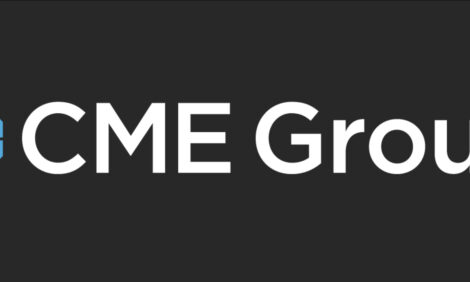



Chelated Trace Minerals in Swine Rations Allow Increased Efficiency
US - New research shows MINTREX® increases digestibility and retention of trace minerals in pigs, reports Novus International.Supplementation of trace minerals in swine diets is crucial for animal growth, reproduction and immune system development. However, supplementation levels often exceed inclusion requirements resulting in excess mineral excretions.
In a recent study completed by researchers at the University of Illinois, growing pigs that were fed diets supplemented with chelated trace minerals showed increased digestibility and reduced faecal excretion of trace minerals and phosphorus compared with pigs fed diets containing inorganic minerals. Increased benefit was also seen in pigs fed high-phytate diets compared to those fed low-phytate diets. Using Mintrex chelated trace minerals, a unique combination of organic trace minerals chelated with HMTBa, allowed for reduced inclusion rates in the diet while continuing to meet the needs of the animal.
“Because Mintrex is absorbed and used by the pig to a much greater degree than comparable inorganic trace minerals, nutritionists can feed less minerals while still maintaining feed efficiency, “explained Chris Knight, senior vice president of products and solutions at Novus. “This new research supports the value proper nutrition can bring to swine producers.”
The results of the university’s research are further supported in the paper, 'Digestibility and retention of zinc, copper, manganese, iron, calcium, and phosphorus in pigs fed diets containing inorganic or organic minerals', published in a recent issue of the Journal of Animal Science, the world’s leading agriculture and animal sciences journal. The groundbreaking paper was co-authored by Yanhong Liu of the University of Illinois along with Yulin Ma, Junmei Zhao and Mercedes Vazquez-Anon of Novus International, Inc.
Mercedes Vazquez-Anon, senior director of animal nutrition research at Novus, exlained: “We know that the excretion rate of inorganic trace minerals is between 85 per cent and up to more than 99 per cent. In other words, inorganic minerals are barely being used by the animal. However, using chelated trace minerals, the excretion rate is much lower. This means that far less copper, zinc and manganese is released into the environment as potential causes for pollution, water contamination and biodiversity loss.”
This year, Novus is celebrating the 10-year anniversary of its Mintrex chelates, which reflects its leadership position in the trace minerals market. The Mintrex molecule truly embodies the company’s commitment to delivering and supporting innovative products, through science, that support animal health and performance.








